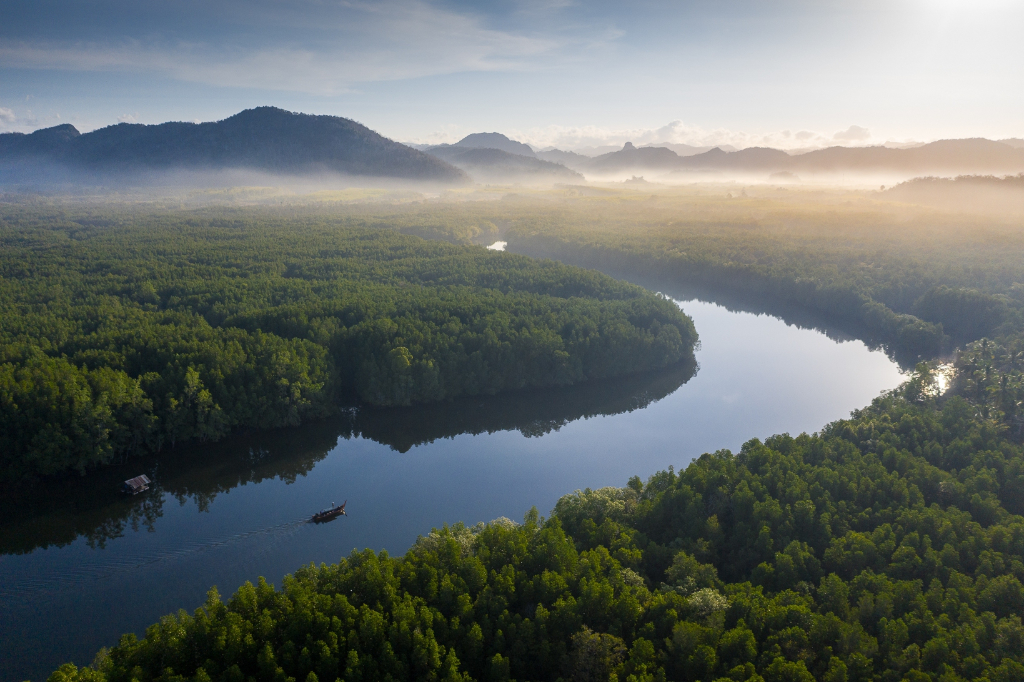+66 2 5646700 Ext 71441 | noc.th@nstda.or.th

+66 2 5646700 Ext 71441 | noc.th@nstda.or.th

ศูนย์โอมิกส์แห่งชาติ

ศูนย์โอมิกส์แห่งชาติ

In collaboration with the Department of Marine and Coastal Resources (Thailand), we aim to study genetic diversity of true mangrove species (Rhizophora mucronate, R. apiculata, Bruguiera parviflora, B. sexangular, B. cylindrica, B. gymnorhiza, B. hainesii, Ceriops tagal, C. decandra, C. zippeliana, Sonneratia species and Avicennia species). We have constructed reference genomes of species, performed RNA-seq for genome annotation, transcript splicing, gene expression analysis and studied population genetics of these species. The knowledge on plant genomes, evolutionary history, function of genes in the adaptation to extreme environments and genetic diversity will be useful information in conservation and setting up of the first mangrove botanical garden in Thailand.
Recently, we published the B. parviflora genome revealing that B. parviflora and B. gymnorhiza shared a common ancestor at 24 MYA. The whole genome duplication event occurred in Bruguiera species and Rhizophora species at 72 MYA, which predated the divergence of Rhizophoreae mangroves (49 MYA). Based on 1740 SNP loci, the population structure of B. parviflora could be grouped into 2 subpopulaitons: the Andaman coast and the Gulf of Thailand. The genetic diversity of the Andaman subpopulation was high; but very low in the gulf of Thailand subpopulation. The B. parviflora genome was used to help scaffold the genomes of B. sexangular, B. cylindrica, B. gymnorhiza and B. hainesii. The B. hainesii genome revealed the presence of both B. cylindrica and B. gymnorhiza genomes demonstrating the genetic hybridization of the two species in B. hainessii. And the study of organellar genome sequences of Bruguiera species revealed that B. hainesii inherited organelles from B. cylindrica.
In the genus Ceriops, we sequenced C. tagal, C. decandra and C. zippeliana and estimated that C. decandra and C. zippeliana shared a common ancestor at 6 MYA, and with C. tagal at 10 MYA. C. decandra and C. zippeliana are morphologically similar that many taxonomists identified them incorrectly. And we have developed a set of markers that can easily identify these Ceriops species and should be useful in further genetic studies. Population genetics of Ceriops tagal in Thailand indicated that they are rich in genetic diversity in both of the Andaman and Gulf-of-Thailand subpopulations. Ceriops decandra can be found in both Andaman and Gulf of Thailand coasts. The 2 subpopulations of C. decandra diverged singnificantly showing low level of gene flow between the 2 subpopulations. Whereas Ceriops zippeliana only presents in the Gulf of Thailand coast area.
Others R&D